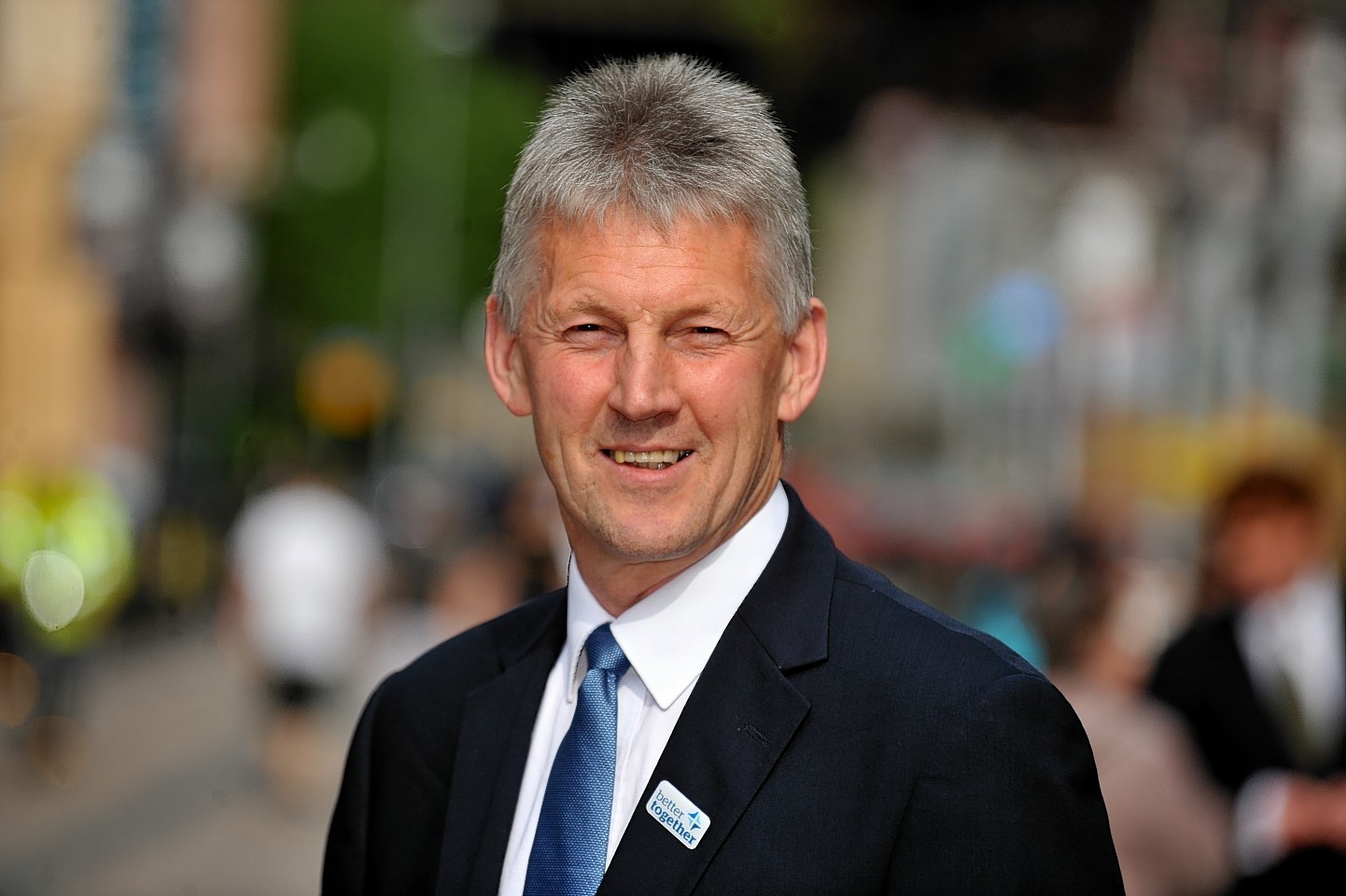When I was in Brussels last week the big story was European Commission president Jean-Claude Juncker’s speech setting out his vision for a more integrated EU now the UK is leaving. For farmers, however, the real story was the end game in the long drawn out battle over glyphosate licence renewal.
In June 2016 the European Commission’s first attempt to get a majority to renew failed with deep political divisions between member states.
Despite the independent European Food Standard Agency stating that glyphosate was not carcinogenic many were swayed by populist campaigns orchestrated by Greenpeace and the anti-GM lobby claiming glyphosate caused cancer.
The commission was left with no choice but to give a short extension to the current licence pending a full investigation into glyphosate by the European Chemical Agency (ECHA). In March this year the ECHA gave the all-clear, stating: “Glyphosate is not carcinogenic.”
On the face of it, you would think the renewal, which is due to be voted on October 5, should be a no-brainer.
Well you would be wrong.
The anti-GM lobby has politicised the issue with its populist scare stories to such a degree many industry and farm groups fear member states will ignore the science and vote against.
The commission needs at least two of the big four EU countries – UK, France, Italy and Germany – to vote for the renewal to secure a majority. France has already bowed to political pressure from lobby groups and said it is against. The Italian farm minister, backed unbelievably by one of the Italian farm unions, is indicating Italy will also vote against.
The UK firmly backs renewal so Germany, which abstained last time, will be the swing vote.
All eyes are now focused on Sunday’s German elections as the outcome will determine which way Germany votes. Chancellor Merkel’s party are in favour of renewal but her Socialist coalition partners are against and they blocked a German vote in favour last time around.
The hope is that Mrs Merkel wins big and has enough votes to enter a coalition with the Liberals who also back renewal. If she fails and Germany ends up with a grand coalition of Mrs Merkel’s CDU and the Socialists the vote to renew glyphosate could be completely lost.
As a farmer reading this you must be thinking the whole system is completely barking mad and you would be right. The EU regulatory system for crop protection products and GM is highly politicised, hugely expensive and time consuming. It is deterring companies from investing in new products.
Post-Brexit the UK farming industry has the opportunity to break from that past.
Farmers need a new unified UK regulatory system that is simple, predictable, cost effective and, most importantly, one where decisions are based on science.
Scottish farmers should therefore be concerned when they hear the Scottish and Welsh governments calling for the powers to regulate pesticides, seeds, genetically modified organisms (GMOs) and chemicals to be devolved.
Four different sets of regulations across the UK single market is surely a recipe for disaster. And, it opens the door for decisions to be hijacked for political ends and science-based decision-making to be thrown in the bin.
And let’s face it – on GM the Scottish Government does have form in this area.
George Lyon is a former Liberal Democrat MEP. He works as a senior consultant for Hume Brophy and sits on the board of levy body organisation AHDB
